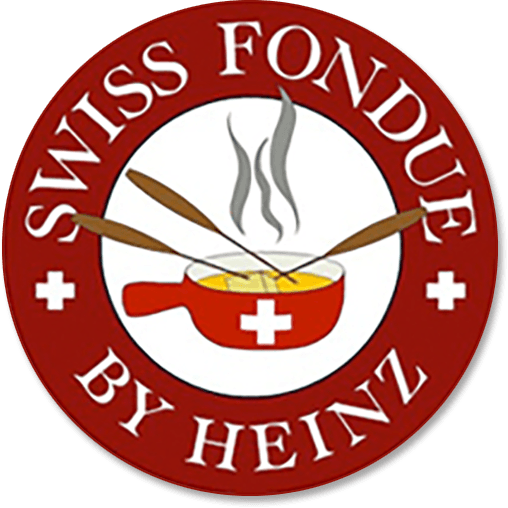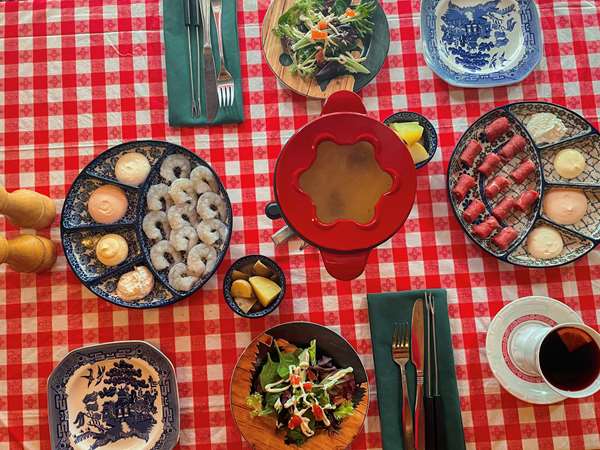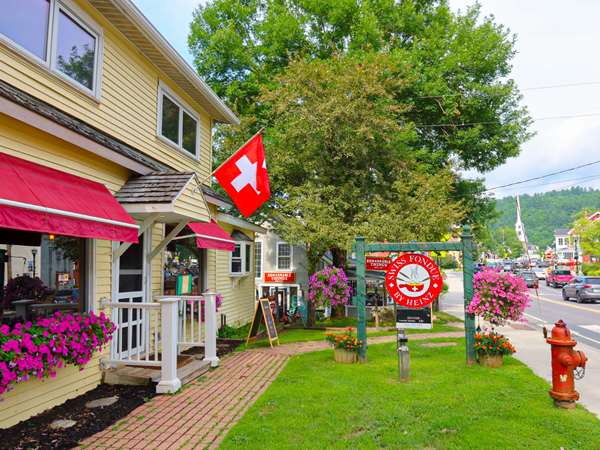The Classic Swiss Cheese Fondue
Fondue is not only a delicious meal, it is a social event. And it the social element of this versatile dish that makes it truly unique. Today, all over the world, pleasant evenings are being spent among iends preparing and enjoying La Fondue. Its name is French — from the word fondre which means to melt — but the Swiss can claim the credit for having originated fondue. Any account of its history must only be surmised since this dish of melted cheese seems have evolved through a long period of time; there is no record any individual being its originator.
The peasant custom of all eating out of the same pot is, of course, not unique to Switzerland or even Europe. It is practiced many countries, by many a family too poor to afford individual plates and utensils. But in Switzerland this custom was combined with the circumstances of geography, climate, and a goodly amount of inventiveness, to create a dish which has now become a world-wide favorite. That the national dish of Switzerland should be mainly made of cheese is no surprise; dairy products are of primary importance to this tiny country. The other major element of fondue — bread — is also a natural, bread, too, being an important part of the Swiss diet. Both bread and cheese were made in the summer and fall to be eaten during the winter months. Primitive methods of storage caused them to become hard but not inedible. By melting the cheese, they made it soft and manageable; by dipping the bread in the hot, bubbly cheese, they made it soft enough to chew. Modern recipes still call for stale bread or at least suggest that it be toasted.
Although technically fondue means melted, the word has taken on a broader connotation and now popularly implies not just the dish itself but the entire ritual that surrounds it.


